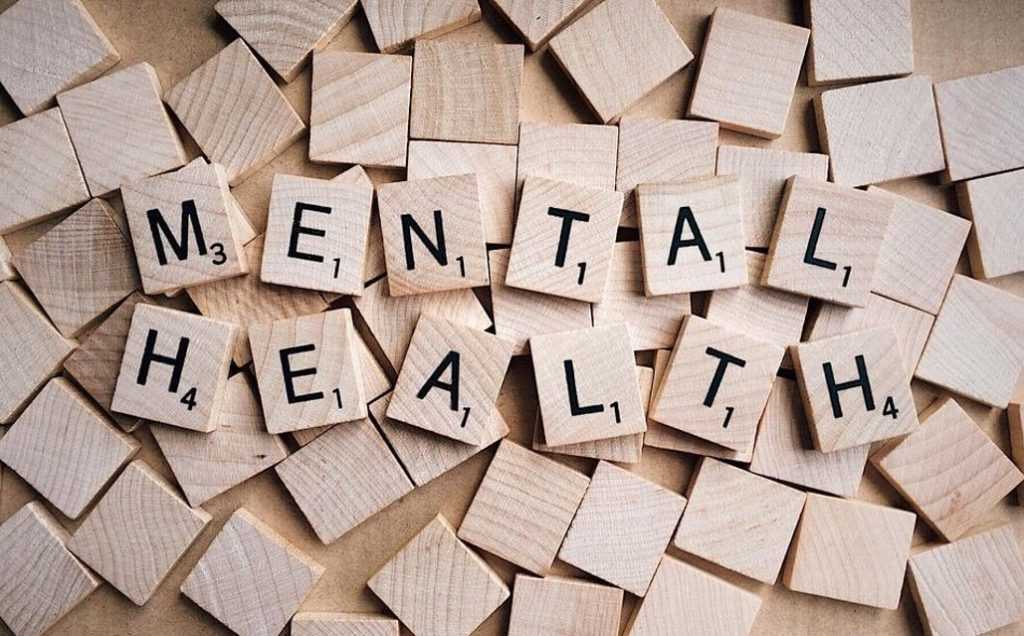Mental health can make or break students in the classroom (and, for that matter, teachers too). The impact of stress on mental health can be seen in the form of failing grades, increased absences, testing anxiety, and inappropriate school behavior. These may be isolated events or a sign of more significant mental health problems, like an anxiety disorder or eating disorder.
Students and teachers worldwide have experienced unprecedented mental health challenges in recent years, with the school shutdowns and virtual learning experiences brought on by the deadly Covid-19 pandemic taxing our mental health resources while increasing mental health needs like never before.
Social media has played an increasingly fraught role in managing adolescent mental health, on top of the normal challenges all adolescents face in puberty.
And student mental health issues are not just affecting young adults and teens (and tweens). School psychologists and teachers see these challenges in early childhood, too, in students as early as preschool.
This is why the management of mental health is so essential for students as a foundation for resiliency, one that will help them face the challenges of not only the academic environment but also later in life as they work and start families of their own.
Teachers as a First Line of Defense
While many educators may feel that managing mental health issues is beyond the scope of their roles (or expertise), the reality is that teachers are often the first to spot mental health challenges, especially in cases where students may be neglected at home.

Teachers are the ones who notice when a student seems tired or hungry on a daily basis, when they do not interact with classmates, or when they do not participate in any class discussions.
Teachers learn to spot the difference between a shy student and one who is withdrawn; over the years, they pick up on clues that a child is craving the attention or affection they are missing at home.
At the very least, teachers should feel empowered to report any mental health concern to the staff, administrators, or counselors in their schools or districts who are equipped to intervene and help in such situations.
That contact or chain of command will vary from district to district, so teachers should be proactive in seeking out that information before it is needed. Additionally, an open dialogue with parents or guardians is another important tool for addressing mental health concerns.
Any teacher can take proactive steps in the classroom to promote the importance of mental health, establish daily ground rules and habits to develop and nurture it, and help students make practical connections between their physical and mental health.
Mental Health in the Classroom: Ways to Build Resiliency
One of the most important elements of preventing and addressing mental health issues comes from basic human connections. Too often, those suffering from mental health issues feel ashamed to admit the issue to others.
In the cases of young students, they may not even have the verbal skills to articulate what they are feeling. In many cases, what looks like aggressive behavior, laziness, or even indifference could all be an outward sign of an inward mental health crisis.
Educators can use some simple but effective techniques in the classroom to promote mental wellness by focusing on connections.
Peer Group Activities with a Purpose
What may seem to students like a typical group project in a classroom might be a teacher’s way of intentionally partnering students who may connect in a meaningful way based on similar circumstances.
For example, a teacher might know one of their students was brand new to the school in the previous academic year and pair them with a brand new student in the current year, where they might offer some insight and encouragement on what they did to make friends and adjust to their new school.

A teacher might know of a student who always goes the extra mile to be kind and inclusive and pair them with a student who seems to struggle to make friends. T
here is always a benefit to working in smaller groups, where students can learn from their peers and begin to see and appreciate different viewpoints and cultures. This will help students develop empathy, which in turn helps them support peers facing mental health challenges.
Channeling Emotion into Art and Literacy
Artistic expression is one of the best ways for students to convey emotions from a young age. Whether that means painting, writing a poem, or acting out a scene from a play, art gives students a vehicle for expressing something they may have been unable to say before.
This kind of expression also serves as a launching point for teachers to initiate important discussions: “Your poem about your uncle’s funeral was beautiful. Tell me how you felt when you first heard he died?”
By engaging students through artistic expression, educators offer a “safe space” for sharing mental health concerns. This is also the foundation for what can grow into a healthy coping mechanism: channeling emotion into creative pursuits rather than bottling it up.
Books have long provided a safe space for students to talk about emotions, whether they see themselves in the shy protagonist from a favorite novel or in the struggles faced by a real-life character through the lens of an autobiographical work.
Books are an incredible resource for teachers to help students discover, explore, and manage their own emotions, equipping them to practice more mindfulness.
Mastering Mindfulness and Taking It Beyond the Classroom
Teachers who introduce mindful behaviors in the classroom also offer students an incredible resource for building resiliency and strengthening mental health.
Mindfulness is the best way to help students make the connection between their mental and physical health as they learn to be present and aware of how their bodies are reacting to stress.

Breathing techniques are an easy way for teachers to introduce mindfulness in the classroom. They can also use some daily check-ins with students at the beginning or end of a class period to encourage them to make these connections.
“If you felt overwhelmed in class today, what do you think was causing it? Did you come to class tired? Did you struggle to finish the assigned reading?” Students might reflect that they stayed up too late playing video games, got home late from a part-time job, or simply tossed and turned because of anxiety about a fight with a friend.
Teachers can use mindfulness techniques to help students slow down, focus, and stay calm, even when dealing with stress. This resilience will serve them in any workplace and all relationships for the rest of their lives.




